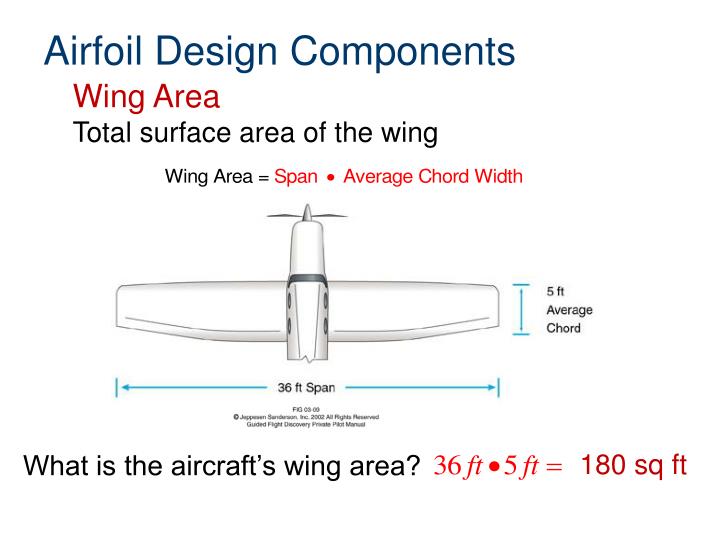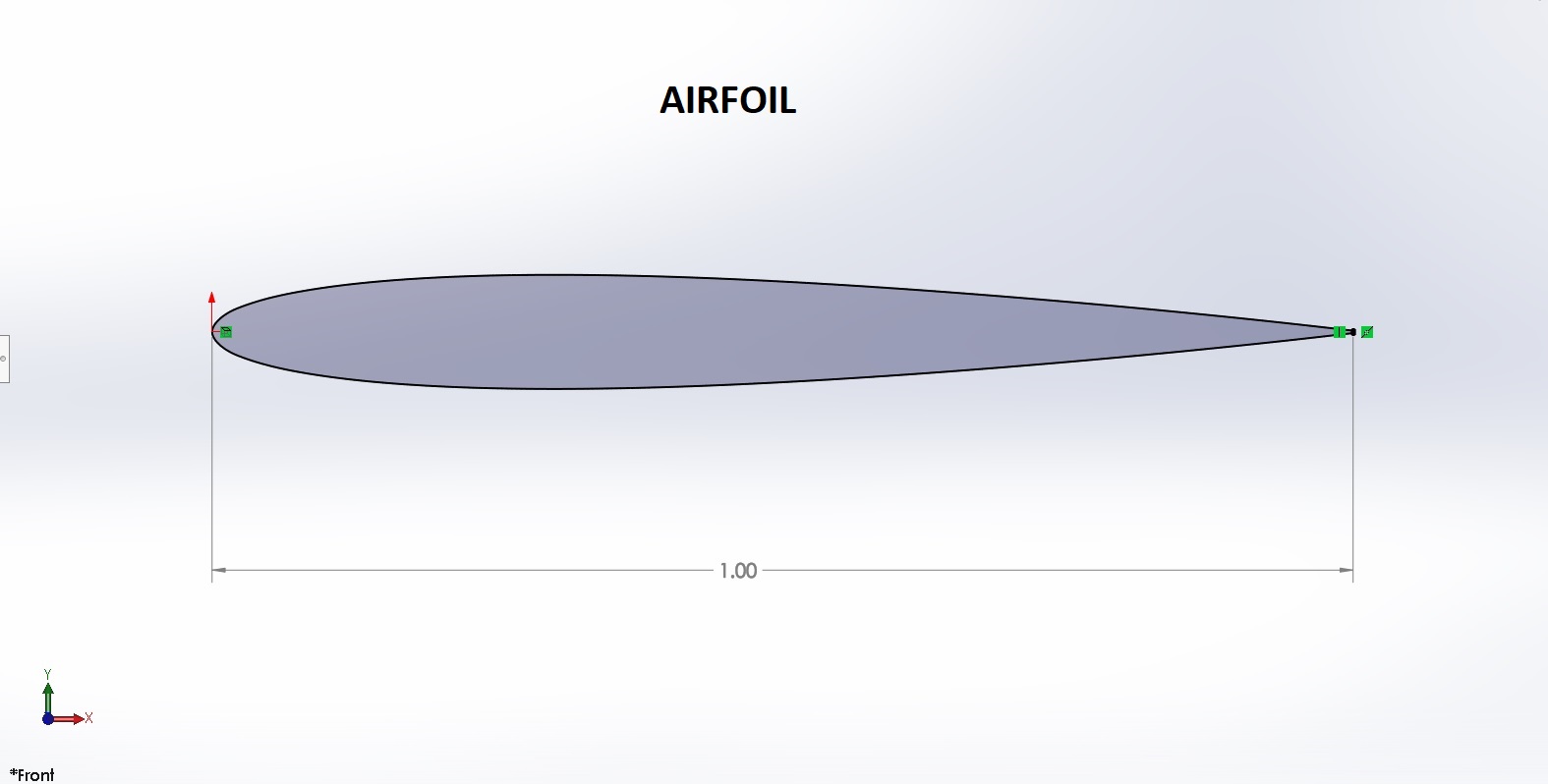



(As a side note, here are a few not-so-obvious Airfoil features I like: Airfoil’s Dock menu lets you quickly toggle output to each remote device. In normal listening, I never noticed out-of-sync audio. I did occasionally detect a tiny bit of delay-just a fraction of a second-when simultaneously playing audio through remote devices and the source Mac however, I was only able to detect it when both devices were in the same room and I was listening intently. Overall, Airfoil is very effective at keeping the output devices synchronized so you don’t get the annoying “echo” effect of two audio signals played with a delay. (Choosing a remote device disables output to your own Mac if you want to listen on your Mac, as well, just enable it in the list.) You can adjust the relative volume of each device, and the Effects (a.k.a., equalizer) feature lets you tweak the audio signal as it’s sent. You launch AirTunes, choose the audio source-a particular program or widget, a specific audio input, or all your Mac’s audio at once-from Airfoil’s source-selection pop-up menu, and then click on the speaker button next to each device to which you want the audio transmitted.
#Advanced airfoil tv
“Take Two” version of the Apple TV software.) But Airfoil 3 also adds several unique features of its own.Īs with previous versions of Airfoil, sending your audio to remote “receivers” is simple. (This feature debuted for AirTunes with the recent The recently-released Airfoil 3.1 helps Rogue Amoeba keep up with the Joneses (or the Jobses, if you will) by letting you send audio from any source to an Apple TV. You could even “broadcast” audio from an external source connected to your Mac’s audio input(s).
#Advanced airfoil mac os x
(Version 2 also added a number of other useful features.) So with enough AirPort Express units, you could fill your house with any audio your Mac could play, whether that audio originated in iTunes, QuickTime Player, DVD Player, a Web browser, or, come Mac OS X 10.4, a Dashboard widget or Front Row. It allowed you to send any audio to multiple AirPort Express units, keeping the audio in sync between them. Airfoil 2, which IĬovered in March 2006, was Rogue Amoeba’s answer. But audio was still limited to whatever was playing in iTunes. In January 2006, Apple improved AirTunes significantly by allowing you to send audio to multiple AirPort Express units simultaneously.


 0 kommentar(er)
0 kommentar(er)
